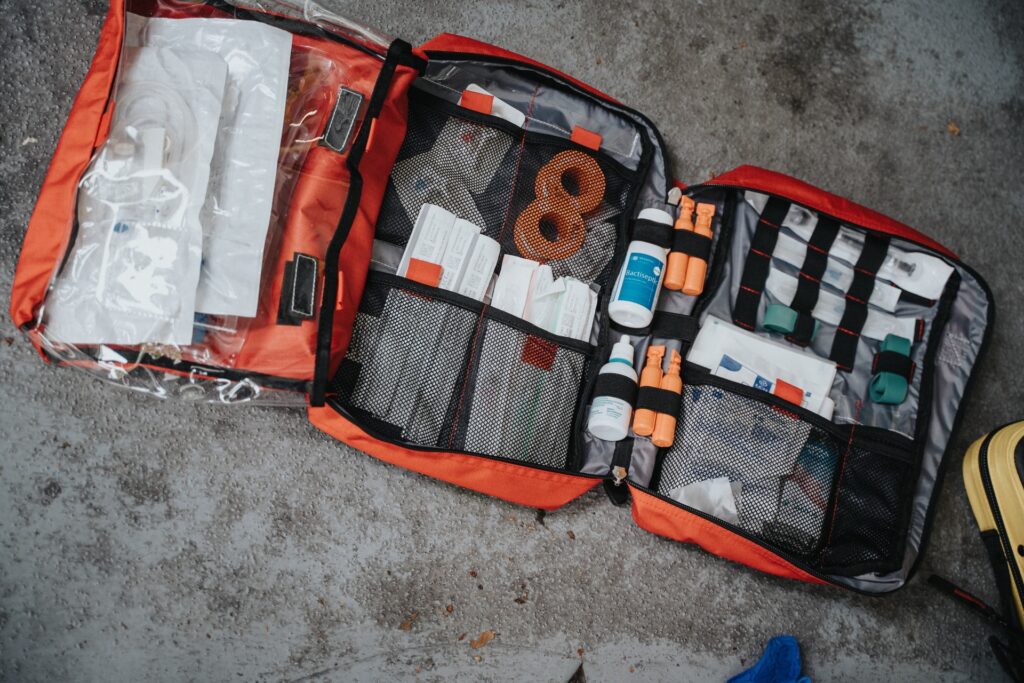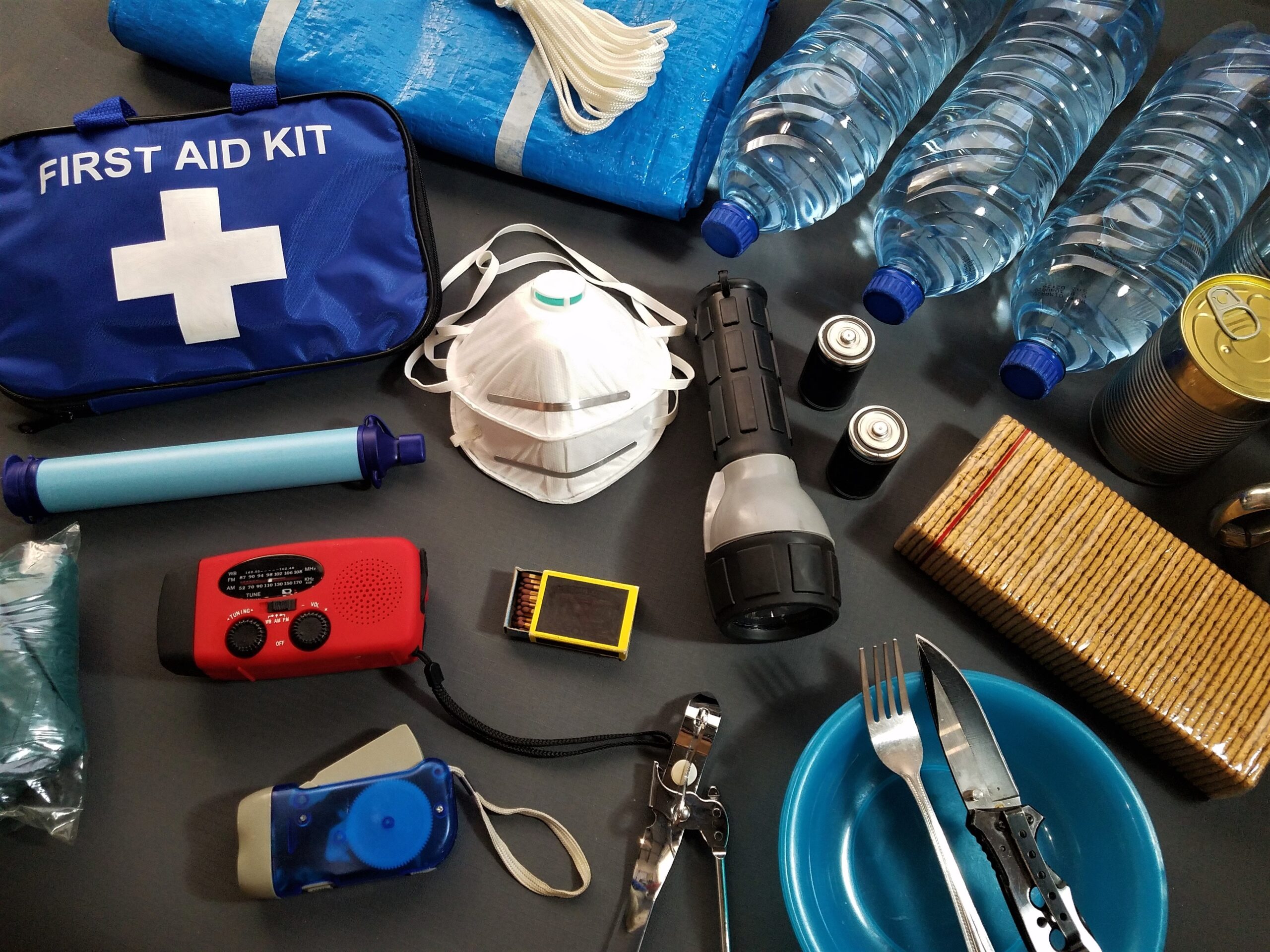Natural calamities, accidents, and tragedies will inevitably occur at times. While you can’t avoid natural calamities altogether, you can ensure that you have the preparations for the aftermath. Planning is the most straightforward approach to minimizing harm in an emergency.
Now comes the question- What is emergency preparedness? The term “emergency preparedness” refers to the steps you can take to lessen the impact of a disaster on your house, family, and life. The importance of emergency preparedness explains the aim of minimizing the impact on human life and preparing and implementing a plan that maximizes resources and time while reducing the effort and time required to keep people safe.
When calamity comes, being prepared can save your physical assets and return your life to normal faster than someone unprepared. When disaster strikes, preparedness can save lives. Although planning necessitates time, it will benefit your family if executed correctly.
Importance of investing in emergency preparedness
Fires, floods, earthquakes, and unnatural disasters are just some of the many examples of disasters and emergencies. After such an emergency, you and your family may need to fight and survive on your own. It’s essential to have enough food, water, medicine, and other emergency supplies on hand. The importance of emergency preparedness is to lessen the fear, anxiety, and losses that come with disasters. Individuals, families, and societies must know what to do in case of a fire and where to head for shelter during a traumatizing storm.
Factors of emergency preparedness
There are some factors involved in the process of preparing an emergency preparedness plan. Let us have a look at them.
- Risk assessment The first and foremost step for an Emergency preparedness plan is to list possible situations. Consider what disasters are most likely to strike you. Is it a blizzard? Is there a work-related injury or outbreak? Or a natural disaster? Choose the 10 to 12 most likely emergencies you can face, and then create strategies and protocols for a coordinated response throughout your business.
- Protective actions Each emergency has a detailed response that has the potential to save lives. Plan for an evacuation, shelter-in-place, or a lockdown, depending on the situation. Take steps to ensure that people learn correctly and are aware of any safety precautions they might take during any emergency.
- Mitigation Measures when taken to prevent an emergency, lessen the likelihood of an emergency occurring, or mitigate the negative impacts of inevitable crises. Some standard mitigation measures include establishing construction standards and zoning requirements, installing shutters, and constructing barriers such as levees.
- Preparedness Activities improve a community’s ability to react to a disaster. Establishing mutual aid agreements and memorandums of understanding, training both individually and publicly, conducting disaster activities to reinforce training and test abilities, and providing all-hazards education campaigns are all examples of typical preparedness methods.
- Response Measures taken before, during, and after a hazard impact can save lives, reduce economic losses, and reduce suffering. Activating the emergency operations center, evacuating threatened groups of individuals, creating new shelters, providing mass care, firefighting, emergency rescue, medical care, and urban search and rescue are all possible measures to take during an emergency.
- Recovery The restoration of essential services and the repair of physical, social, and economic damages were among the actions performed to return a community to normal or near-normal conditions. Debris cleanup, financial aid to people and governments, road and bridge reconstruction, and long-term mass care for dislocated human and animal populations are all general recovery actions.
Why emergency preparedness is important?
Every year, disasters and emergencies affect hundreds and thousands of people’s lives. They have long-term consequences for both people and their properties. Local government and disaster-relief agencies will strive to assist you if a disaster strikes your region, but you must also prepare for your safety. Local responders may not be able to reach you right away or may need to shift their focus elsewhere.
You should be aware that hurricanes, earthquakes, harsh colds, flooding, or terrorism are all severe weather or disasters that could strike your location. You must also be able to survive all by yourself for a minimum of three days. An emergency preparedness plan includes having your shelter, first aid, food, water, and sanitation.
Many large-scale calamities could impact resupply availability, or adverse weather could prevent people from safely traveling to a store. As a result, we strongly recommend citizens stock more food, water, and medicine.
Steps of getting started with emergency preparedness

The steps of Emergency preparedness and a complete emergency preparedness checklist are as follows:
Step 1: Make a plan
When a disaster happens, you and your loved ones might not know how to react and respond appropriately. Connect with your family and friends to develop a plan for overcoming this challenge. When preparing the plan, keep the following in mind:
- Let every family member take part in the planning process.
- Select a place to stay, such as a community center or a site outside of town.
- Choose a method of communication if you get separated, such as radio or text messaging.
- Give each family member a specific task to complete.
- Regularly update the plan
- Make an emergency supply kit
Step 2: Make a Kit
Making an emergency kit will prepare you and your family for a disastrous situation. An emergency supplies kit typically contains:
- Water for drinking and sanitation
- Non-perishable food
- Battery-powered radio with extra batteries
- Flashlight
- First-aid kit
- Dust and face masks
- Local maps
- Prescriptive medications
- Pain relievers and antacids
- Feminine hygiene products
- Garbage bags and plastic ties
- Digital copies of important family documents
Step 3: Prepare for Disasters
You and your family can have more control and lessen the impact of a disaster by being prepared. You can start getting ready for emergencies in the following ways:
- Study the types of disasters that might hit your location.
- Make your home safer.
- Register for several emergency notifications, including all weather radio channels.
- Document and insure your properties.
- Make emergency cards for every family member to access important contacts or documents.
- To safely store and protect all necessary documents, use a digital vault.
Step 4: Educate Youth About Preparedness
In your family, children and teenagers require the most preparation. Involving them in the planning process is the most effective way to accomplish this. Below are a few ways for the same:
- Talk to them about preparing for disasters.
- Participate in community activities and conduct educational drills for children.
- Check the communication methods.
Note: Remember that you and your family must revisit the plan from time to time, depending on your location and its proneness to several disasters.
Benefits of being prepared for emergency preparedness
Preparedness can help to lessen fear, anxiety, and losses that come with disasters. Individuals, families, and communities should be prepared to evacuate their houses, seek safety in public shelters, and understand how to care for their basic medical requirements.
Floodproofing, elevating or shifting a home out of harm’s way, and securing things that could shake loose in an earthquake are all measures that people can take to lessen the impact of disasters and, in some cases, can altogether avoid the hazard.
Conclusion
The information listed about helps you know What is emergency preparedness and what it covers. Emergency preparedness isn’t a one-time solution that ensures you’re ready for everything life throws at you; it’s a mindset that everyone must practice regularly, which is why emergency preparedness is important. However, proper knowledge and practice can make a significant difference the next time you’re in an emergency. And it’s well worth the effort.
Carrying an emergency card with you is another important consideration when preparing for emergencies. And that’s why Clocr offers you the revolutionary emergency card that helps the first responders to reach you and your emergency contacts during the time of crisis. We also offer an In Case of Emergency (ICE) Wallet – a one-stop solution for connecting with your emergency contacts during a crisis or disaster. Create your ICE Wallet Card and Emergency Card by signing up with Clocr right away!




